2017 Standard Grading Rules for Canadian Lumber
National Lumber Grades Authority.
Learn MoreThe fabrication, uses, performance and sustainability of various softwood lumber products.
Photo credit: Nik West
British Columbia (B.C.) softwood lumber product lines include spruce, pine, cedar, hemlock, larch and fir species. Softwoods come from conifer trees or cone-bearing trees, and B.C. softwood species have needle-shaped foliage instead of the leaves found on hardwood trees.
Dimension lumber refers to the standard pre-dimensioned wood used in wood-frame construction, including walls, floors and roofs. 1.5 inches thick and of various lengths and widths, it is the structural softwood lumber used in most wood-based housing construction (platform-frame construction) in North America.
Photo credit: Michael Bednar

British Columbia’s forests are vast and diverse. There are more than forty species of native trees in the province. Discover 16 of the most widely used for everything from single–family homes to tall timber towers.
Photo credit: Jonathan Taggart
Where great strength is critical, such as in truss rafters, machine stress-rated and machine-evaluated lumber offers consistent performance. Machine grading measures a desired characteristic—such as bending strength or density—and ensures that the graded lumber is more precisely selected than is possible with visual grading.
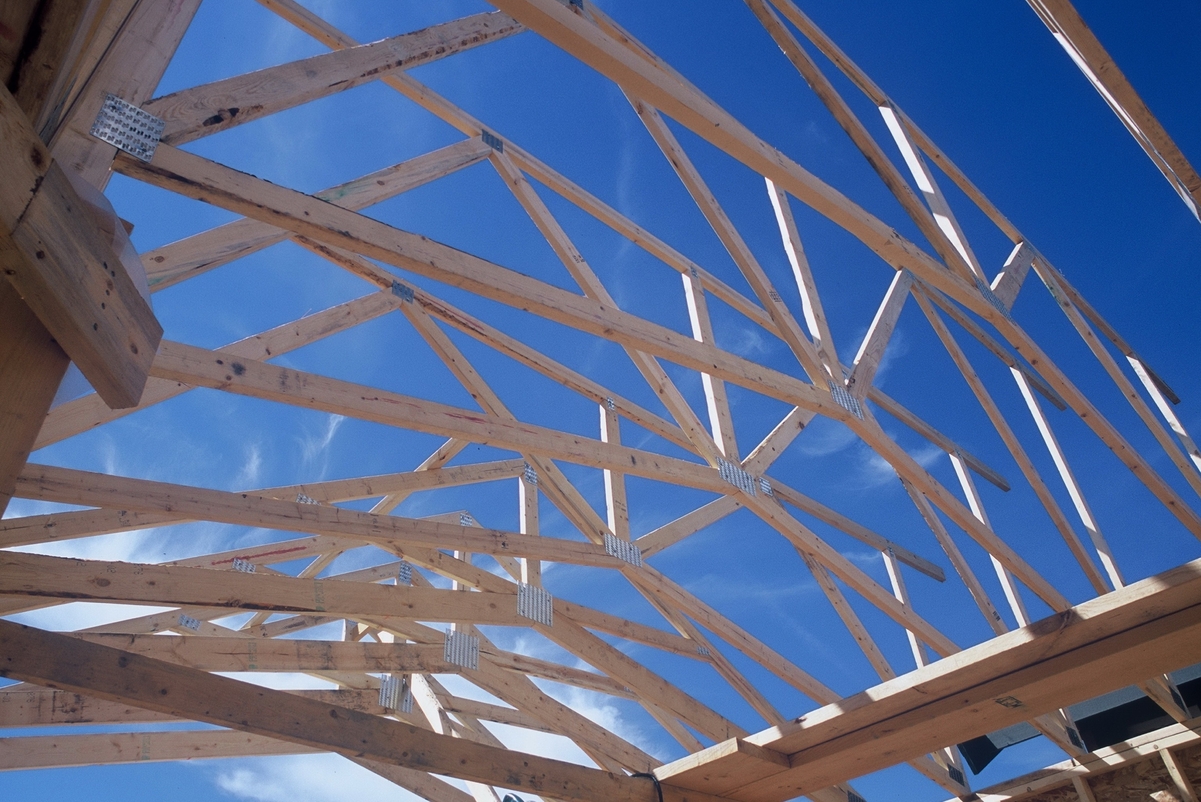
Timber refers to a finished wood product with a minimum dimension of 5.5 inches. Often used in post-and-beam construction and remanufacturing, it is valued for its architectural beauty and structural capacity.
Photo credit: Michael Bednar

Non-structural, finished product used to manufacture desks, shelving, furniture etc. Produced as a 3/4-inch thick material in various widths and lengths; usually dried and planed smooth.
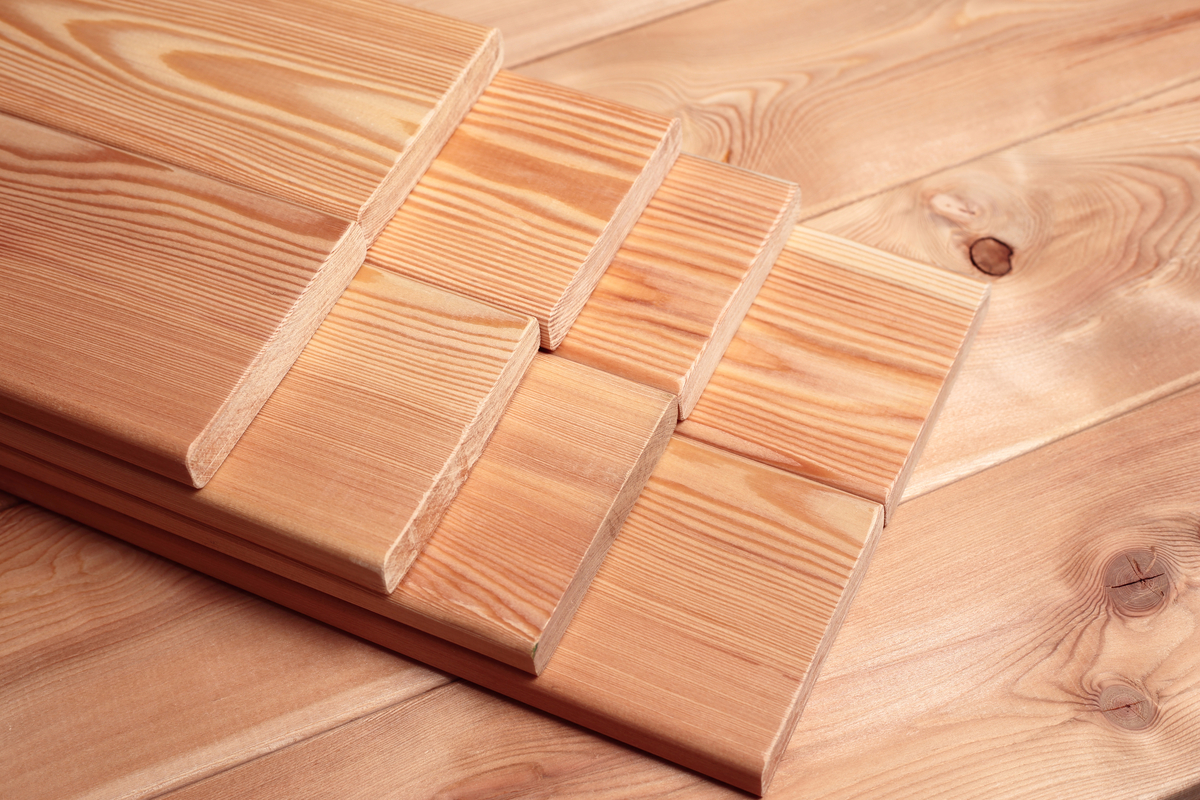
Structural framing products are graded for their strength and other physical properties, as opposed to appearance products, which are graded for their aesthetic properties. A lumber grade is a minimum standard describing the characteristics allowed in a piece of lumber. Each piece of lumber is assigned a grade based on its quality, using a rule which considers the intended use of the piece, the size of the piece, its quality, and in some cases its species. The National Lumber Grades Authority’s Standard Grading Rules for Canadian Lumber is a list of the permitted characteristics within each grade of dimension lumber.
Photo credit: Michael Bednar
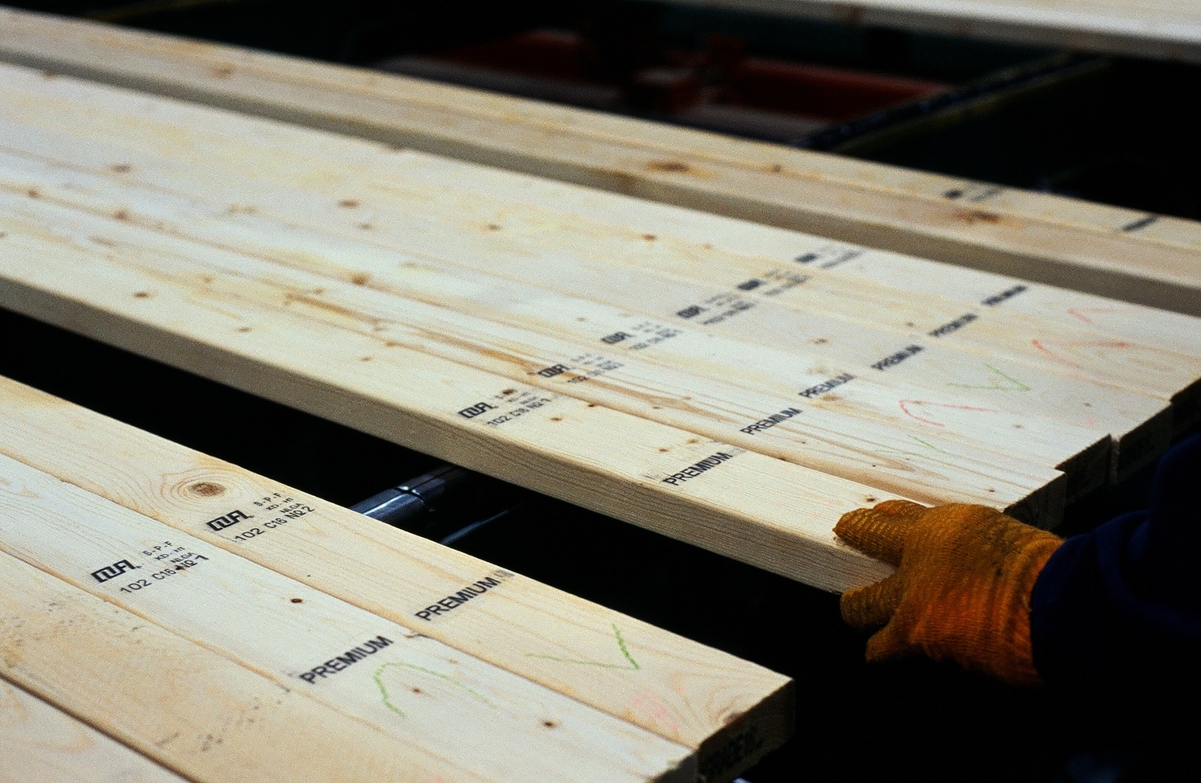
Sourcing wood for your next project? Unsure which lumber product, species and grade will best meet your unique needs? Take the guess work out with our 48-page visual guide. Get up to speed quickly with at-a-glance descriptions, illustrations and full-page photos of Interior Douglas-fir and spruce-pine-fir (SPF) lumber and their primary grade characteristics.
Kiln-dried lumber is recommended as freshly sawn (or green) lumber is often too high in moisture content for some uses. Kiln drying before the lumber is shipped reduces moisture content and increases the wood’s structural integrity, appearance, and workability, as well as reduces swelling or shrinkage. Lumber is typically kiln-dried to a moisture content of 19 per cent or less.
Photo credit: Michael Bednar
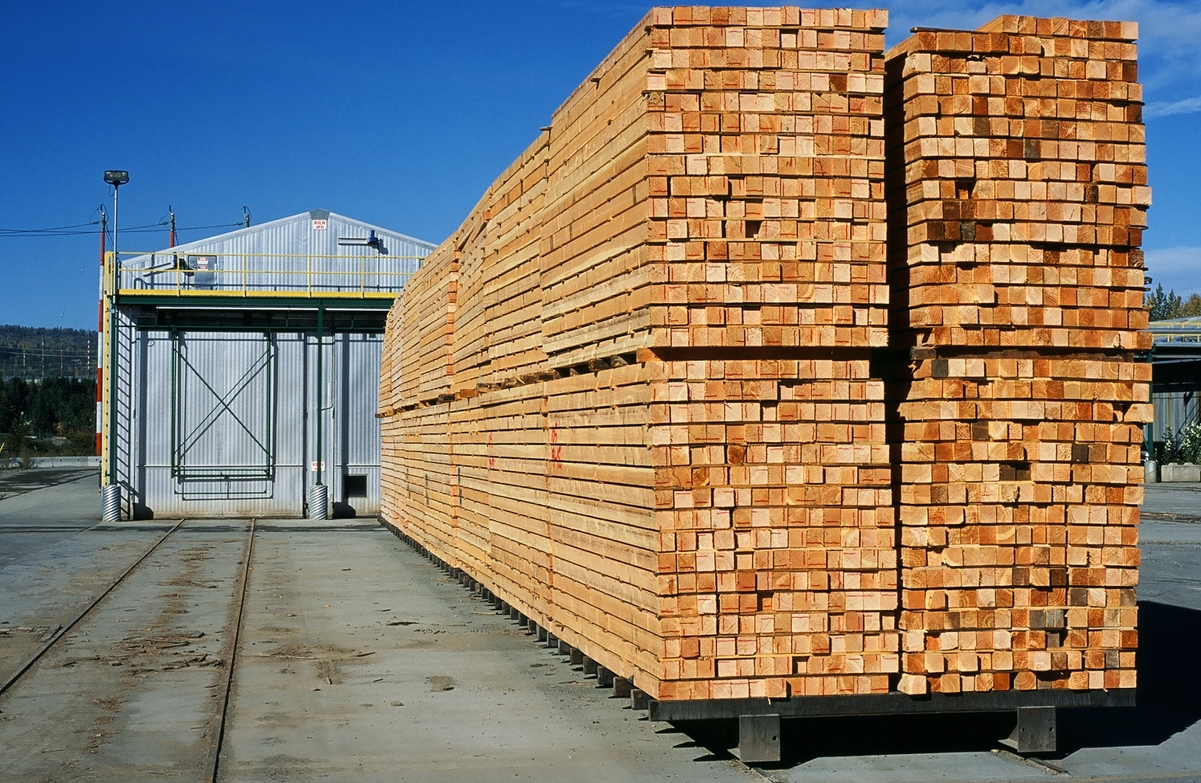
Lumber manufacturing classifications consist of rough dressed (surfaced) and worked lumber. Rough lumber has not been dressed but has been sawed, edged, and trimmed. Dressed lumber is rough lumber that has been planed on one or more sides to attain smoothness and uniformity. Worked lumber, in addition to being dressed, conforms to a specific pattern, is matched or shiplapped. Matched lumber is tongue and groove, either sides or ends or both. Shiplapped lumber has been rabbeted on both edges—that is grooves cut into the edges—to provide a close lapped joint. Patterned lumber is designed to a pattern or molded form.
Photo credit: Michael Bednar
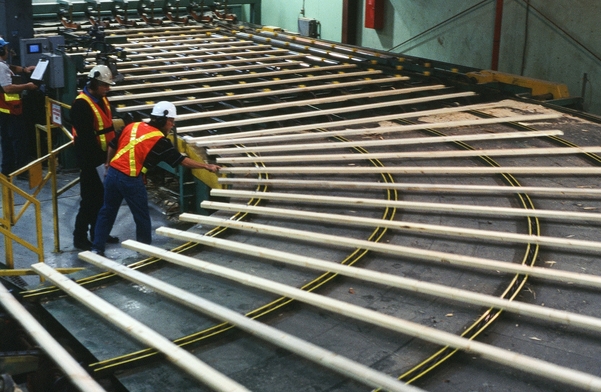
With the province of British Columbia recognized as a global leader in sustainable forest management, you can specify B.C. forest products with confidence. Connect with suppliers of lumber products today.
Photo credit: Michael Bednar
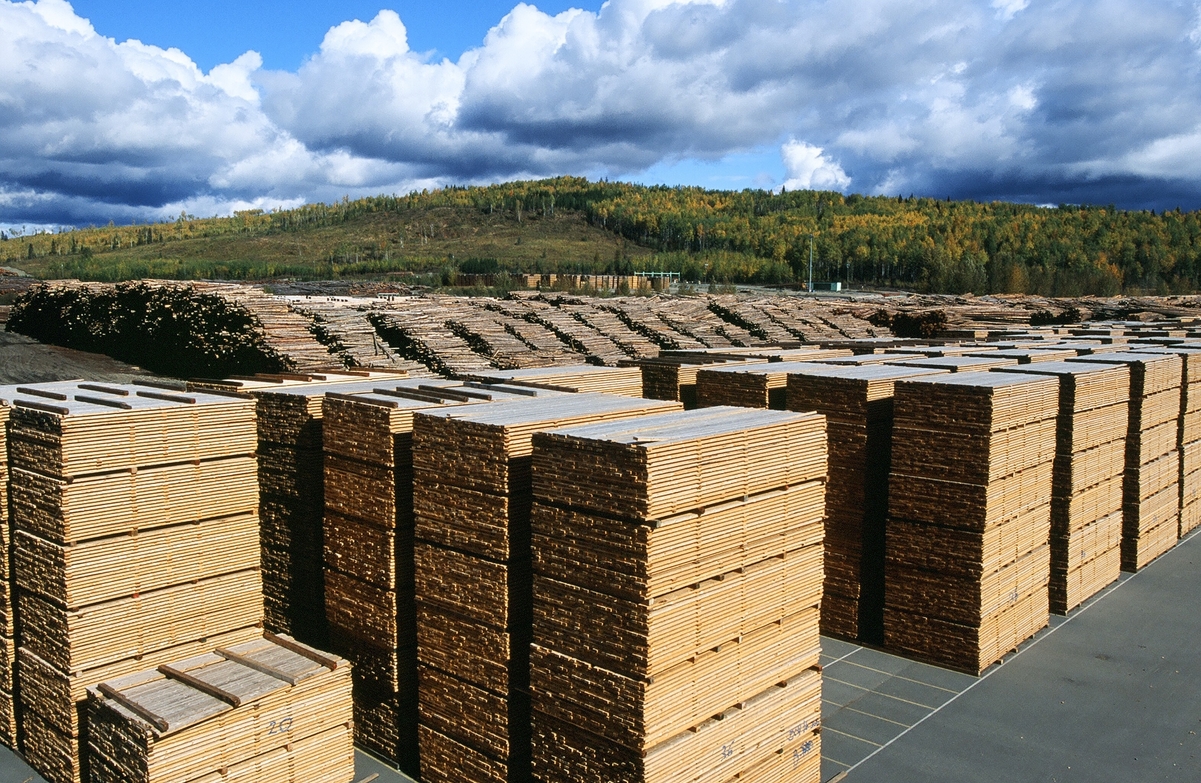
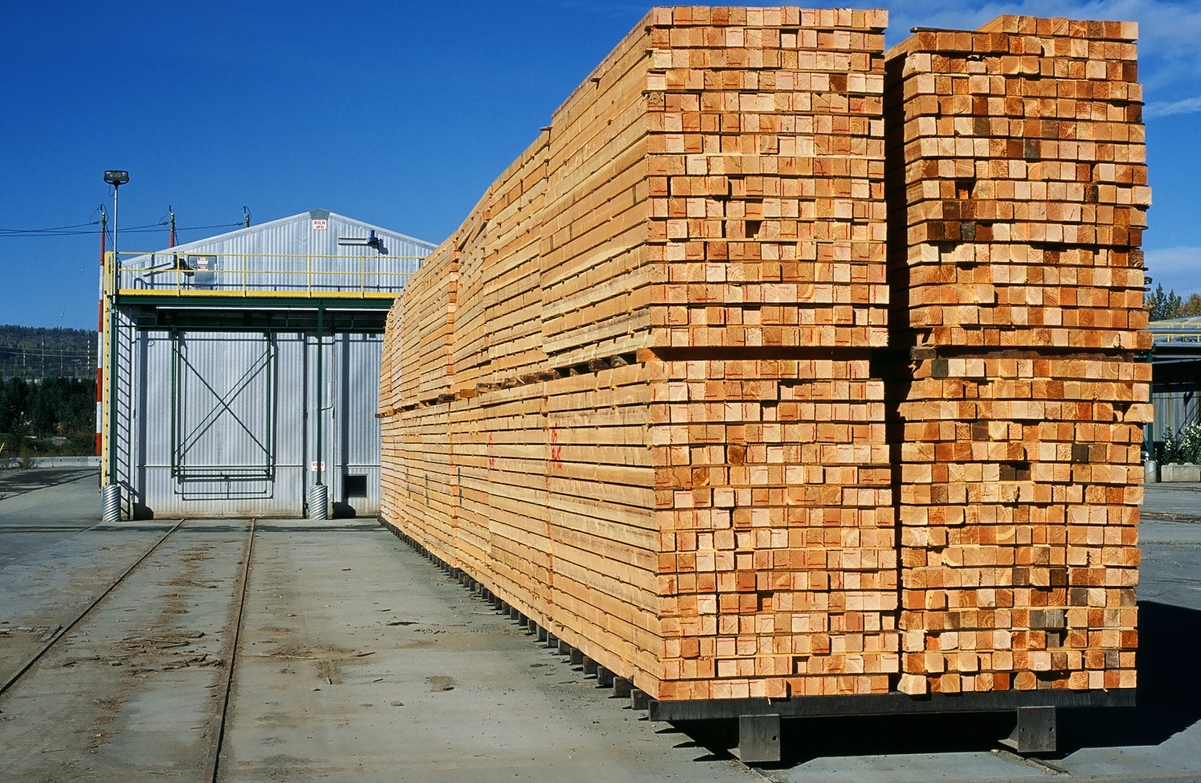
Need help with wood construction and design? Searching for the latest research? Get support from one of our many partners.
Get supportGet acquainted with the most commonly produced and exported lumber grades in boards and structural dimension lumber from BC’s interior softwood species. Take the guess work out with our 48-page visual guide.
Download NowSubscribe for the latest wood projects, developments, tools and research.